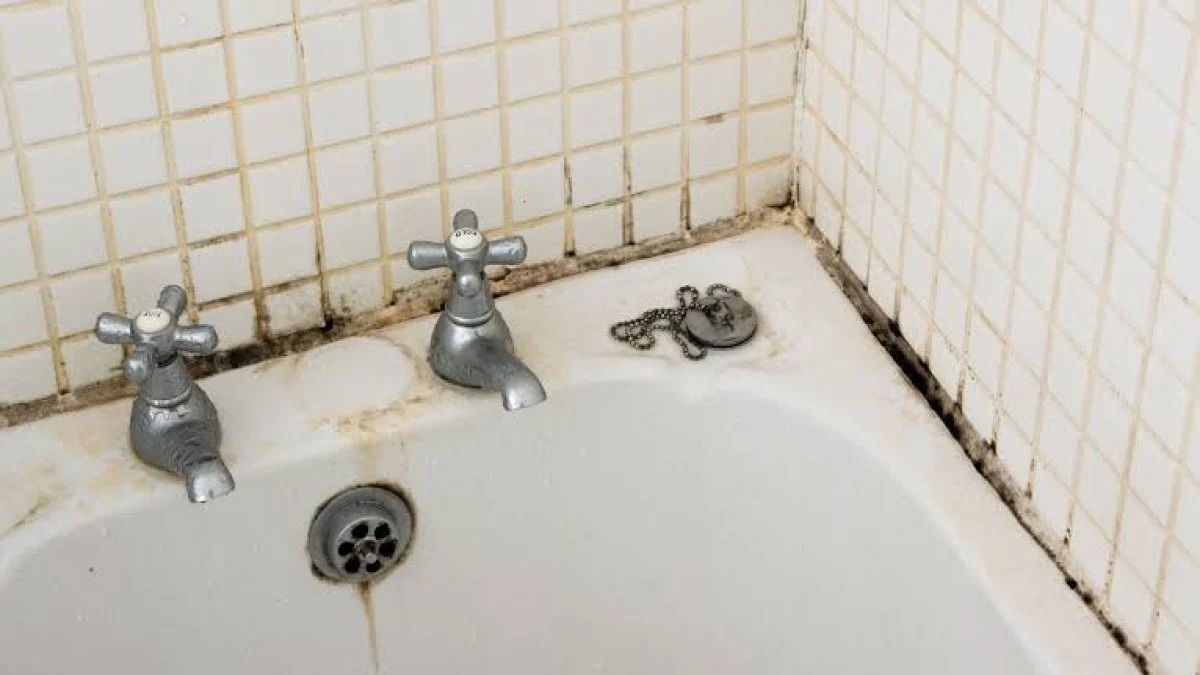
Why You Need To Remove Mold From Your Bathtub
Mold in the bathtub is a common problem that can lead to serious health risks. It thrives in damp areas, especially when there is poor ventilation. If not removed, mold can cause allergies, breathing issues, and damage to your bathroom. A proper cleaning routine is essential to prevent mold buildup. This article will guide you through the best methods for mold removal service Charlotte NC. We will explain how mold inspection in Charlotte, NC, helps find hidden mold. We’ll also discuss why mold remediation in Charlotte, NC, is important for serious infestations. Following these steps will keep your bathroom clean and safe.
What Causes Mold In The Bathtub?
Mold grows in your bathtub due to constant moisture, soap scum, and poor ventilation. Water splashes and collects in corners, allowing mold to thrive. If there is a leak in your plumbing, mold can spread quickly. Spores can sometimes hide in caulking and grout. This makes removal tricky, so you may need professional mold remediation in Charlotte, NC. Lack of sunlight and fresh air also contribute to mold growth. Regularly inspecting your bathtub for early signs of mold can prevent larger issues. A mold inspection Charlotte NC can identify hidden mold in cracks and behind tiles before it spreads further.
Essential Tools And Materials For Mold Removal
Before starting the cleaning process, gather the necessary tools. You will need white vinegar, baking soda, hydrogen peroxide, dish soap, a scrub brush, and a spray bottle. Wearing rubber gloves and a face mask is important to avoid breathing in mold spores. A microfiber cloth will help with wiping and drying the tub. If the mold is stubborn, using diluted bleach can be effective. However, if the mold is deeply embedded in caulking or grout, you may need a professional mold removal service Charlotte NC. Proper tools make the cleaning process easier and ensure the mold is fully eliminated.
Step-By-Step Guide To Removing Mold From Your Bathtub
Step 1: Identify Mold Growth
Examine your bathtub carefully. Look for black, green, or pink spots around the drain, faucet, and corners. Mold may also grow on caulking and grout. If the mold is spreading quickly, a mold inspection Charlotte NC can help locate hidden mold in areas you may not see. Early detection is key to preventing larger problems.
Step 2: Ventilate Your Bathroom
Before cleaning, open a window or turn on the exhaust fan to improve airflow. Mold spores can become airborne, so good ventilation reduces health risks. If your bathroom is not well-ventilated, use a dehumidifier. This will reduce moisture and help stop mold from growing in the future.
Step 3: Use Vinegar Or Hydrogen Peroxide
Fill a spray bottle with white vinegar or hydrogen peroxide and spray it on the affected areas. Let it sit for 30 to 60 minutes to break down mold spores. These natural cleaners are effective for small mold growths and safe to use around children and pets.
Step 4: Scrub Away The Mold
After letting the vinegar or hydrogen peroxide sit, scrub the area with a brush or sponge. If the mold is difficult to remove, sprinkle baking soda on the surface and scrub again. This method works well for minor mold problems, but for severe cases, mold remediation Charlotte NC may be required.
Step 5: Rinse And Dry The Bathtub
Use warm water to rinse the bathtub thoroughly. Wipe the surface dry with a microfiber cloth to prevent moisture buildup. Mold thrives in wet environments, so keeping your bathtub dry is crucial to stopping regrowth.
Step 6: Use Bleach For Stubborn Mold (Optional)
If the mold persists, mix one part bleach with ten parts water and apply it to the affected area. Let it sit for 10–15 minutes before scrubbing and rinsing. Be careful not to mix bleach with vinegar or hydrogen peroxide, as this creates toxic fumes.
How To Prevent Mold From Coming Back
Preventing mold growth is easier than dealing with an infestation. Keep your bathroom well-ventilated by using an exhaust fan or opening windows after showers. Wipe down your bathtub after each use to remove excess moisture. Using a mold-resistant shower curtain can also help. Regular cleaning with a vinegar and water solution can prevent mold buildup. If you suspect hidden mold, scheduling a mold inspection Charlotte NC can help detect early issues. If mold keeps coming back, you might need a professional mold removal service Charlotte, NC. They can help get rid of deep-rooted mold for good.
When To Call A Professional For Mold Removal
Sometimes, mold spreads too deep to remove with simple cleaning methods. If you find mold behind tiles, in walls, or in caulking, it’s best to call a pro for mold remediation Charlotte, NC. Experts can assess the damage and remove mold safely. If mold keeps growing after you clean, or if you have allergy symptoms like coughing or sneezing, get professional help. Mold exposure can be harmful, so acting quickly is important. A reliable mold removal service Charlotte NC will ensure your bathroom is mold-free and safe for you and your family.
Keep Your Bathtub Clean And Mold-Free
Mold in the bathtub is a common issue, but with proper cleaning and maintenance, you can keep it under control. Regular inspections, proper ventilation, and quick cleaning help prevent mold from returning. If you see stubborn mold that won’t go away with regular cleaners, think about a mold inspection Charlotte, NC. This can help find hidden issues. When the situation is severe, a mold remediation Charlotte NC service can remove the mold completely. Following these steps will ensure a healthier and cleaner bathroom for you and your family. By staying proactive, you can prevent mold and enjoy a fresh, clean bathtub every day.